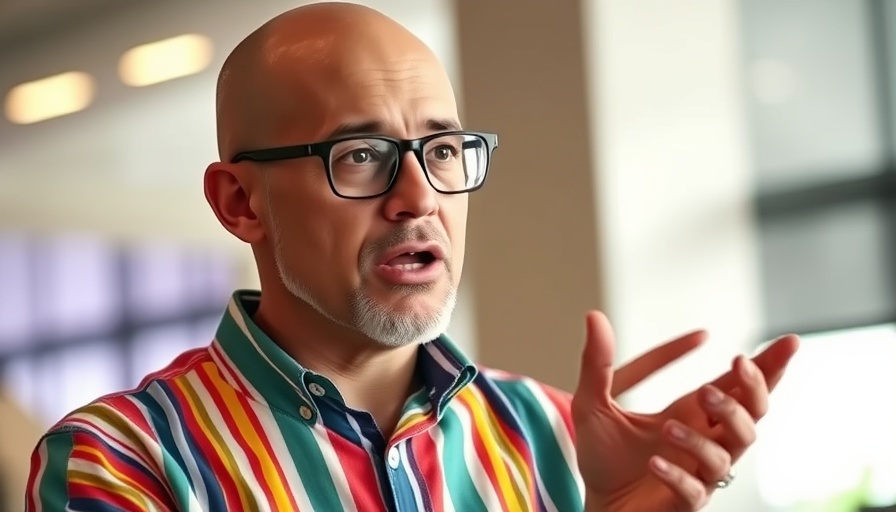
A Stark Warning: Carville's Critique of Democratic Leadership
James Carville, the celebrated political strategist known for his sharp insights, recently voiced his concerns regarding the Democratic Party's disconnect with working-class voters. In his latest commentary, he argued that the party has betrayed its foundational constituency by sidelining them in favor of a coalition he aptly described as 'too-cool-for-school'. This coalition, Carville asserts, has prioritized the interests of affluent, progressive liberals over the very voters who have traditionally formed the bedrock of Democratic support.
The Working-Class Struggle: Historical Context
Historically, the Democratic Party has been synonymous with the working class, representing their interests and advocating policies aimed at improving their economic conditions. However, the evolution of the party towards a more progressive and, in some cases, elitist agenda has left many voters questioning whether their needs are being met. The sentiments shared by Carville resonate with a growing narrative that suggests a significant rift between the party's leadership and the electorate it aims to represent.
The Impact of Ignoring Worker Voices
By neglecting working-class voters, the Democratic Party risks alienating a vital part of its base. Carville pointed out that many affluent progressives have adopted an attitude of indifference towards the struggles faced by these individuals. This growing divide may hinder the party's effectiveness in national elections, as disenfranchised voters may turn to alternatives that they feel better represent their interests, such as populist movements.
Counterarguments: Understanding the Shift in Strategy
While Carville's critique holds weight, it is also crucial to consider the reasons behind the Democratic Party's shift in focus. The party's leadership may argue that targeting progressive issues—like climate change, social justice, and healthcare reform—reflects the evolving priorities of the American electorate, especially younger voters. They may contend that a broader coalition can yield electoral success by mobilizing a diverse array of voters, not just those from traditional working-class backgrounds. However, as Carville warns, this approach could be a double-edged sword.
Future Predictions: What Lies Ahead for Democratic Strategies?
The future of the Democratic Party's strategy remains uncertain. With the 2024 elections looming, it will face a critical decision: re-engage with working-class voters or continue to build an 'elites-first' coalition. If the latter prevails, the party risks increased vulnerability to Republican messaging that capitalizes on feelings of neglect amongst these voters. Recent polling data indicates a troubling trend; working-class support for Democrats has declined, prompting the urgent need for a reassessment of strategy before the next electoral cycle.
Actionable Insights: Reconnecting with the Base
For Democrats looking to bridge this growing divide, actionable steps can be taken. Engaging directly with working-class communities, listening to their concerns, and bringing their issues to the forefront of party discussions could reverse negative trends. Empathy towards their struggles may also be an essential part of restoring trust. Programs focusing on job creation, wages, and healthcare access must be emphasized over more niche progressive agendas to resonate with this core demographic.
Conclusion: The Call for Unity and Action
As political dynamics evolve, the Democratic Party stands at a crossroads. Carville's observations serve as a wake-up call for leaders to remember their roots and prioritize the needs of working-class Americans. For party members and supporters, now is the time to engage meaningfully with this vital group, ensuring that the voices of those who have long supported the Democratic agenda are heard and valued. Empowerment of this community could not only rekindle their loyalty but also elevate the party's prospects in upcoming national elections.
 Add Element
Add Element  Add Row
Add Row 



Write A Comment